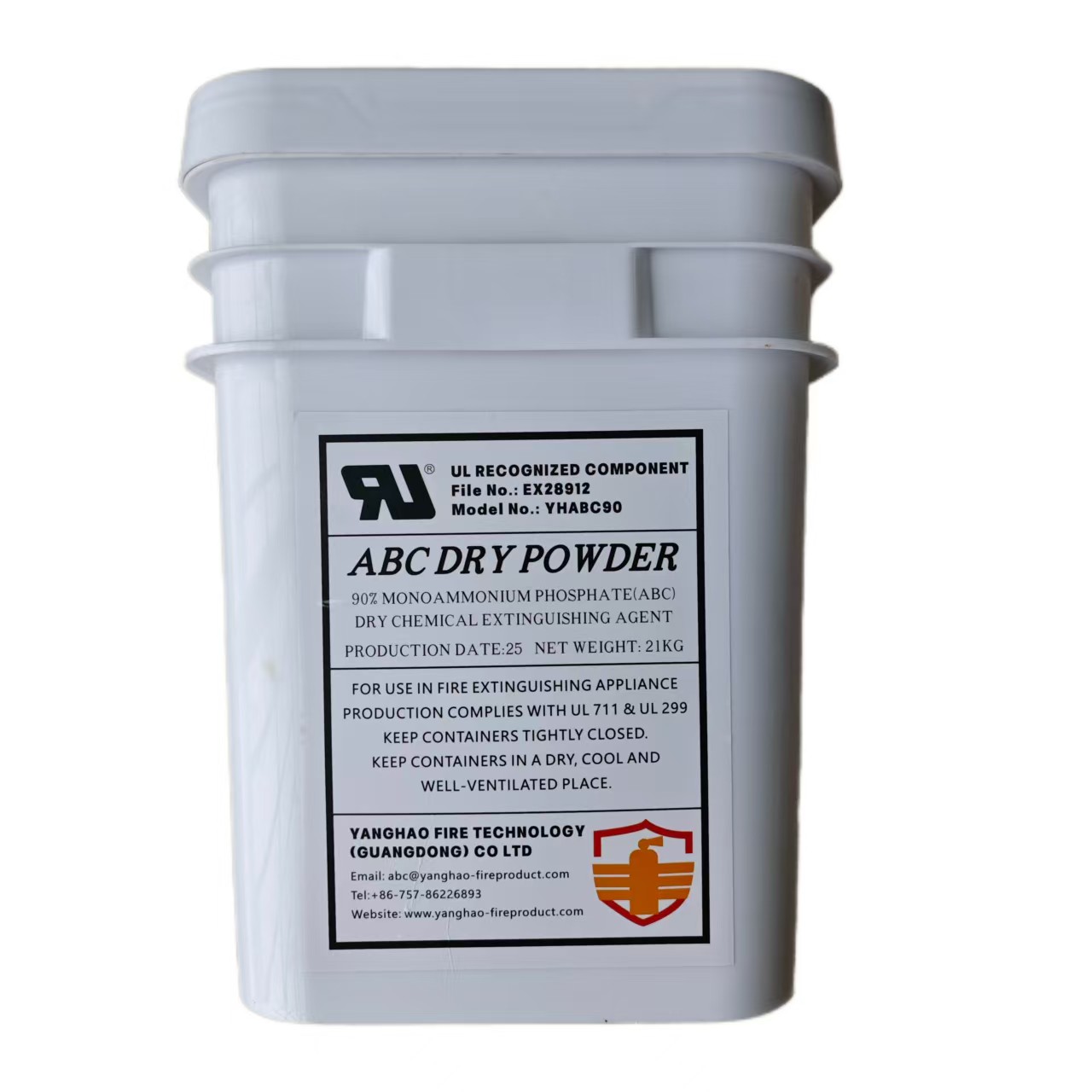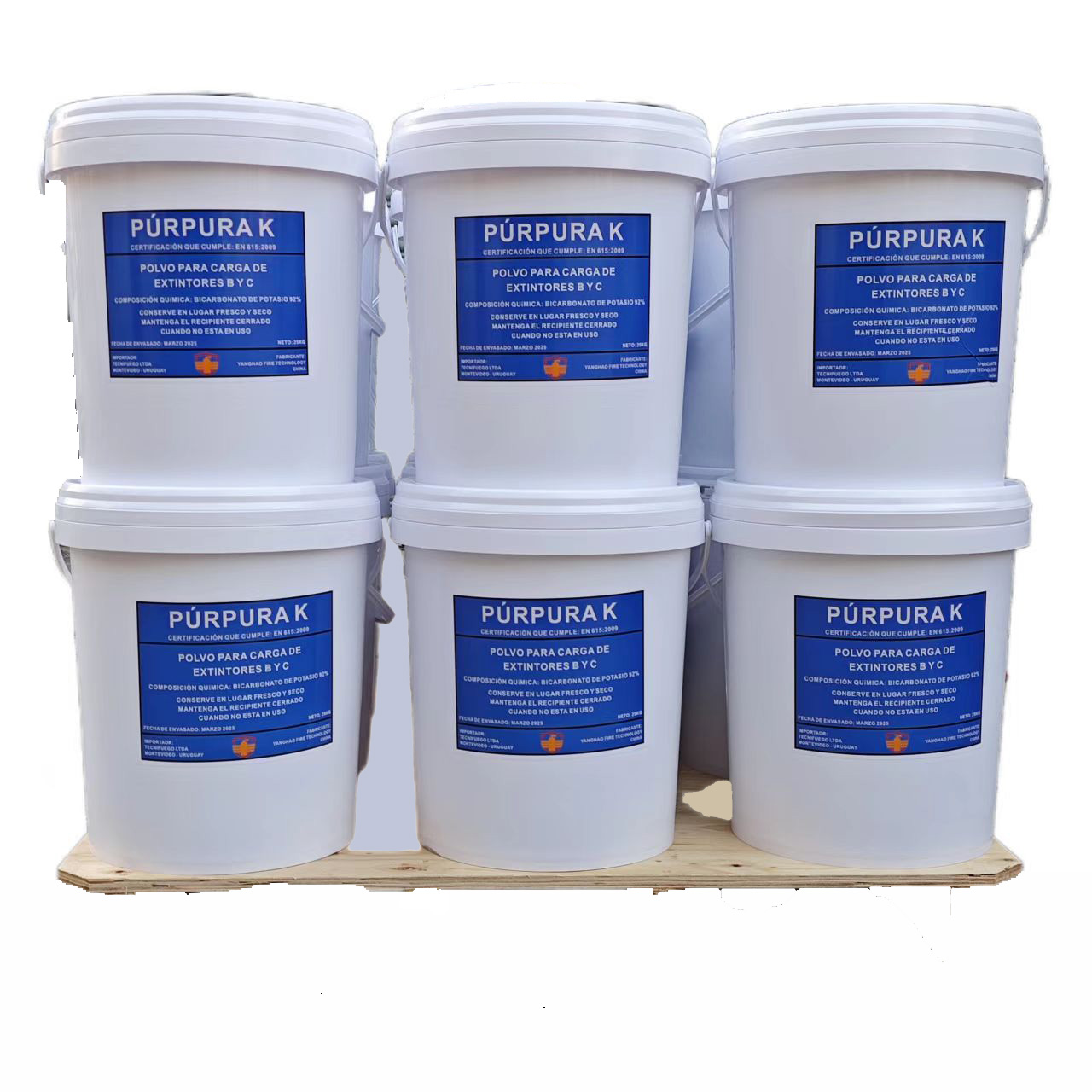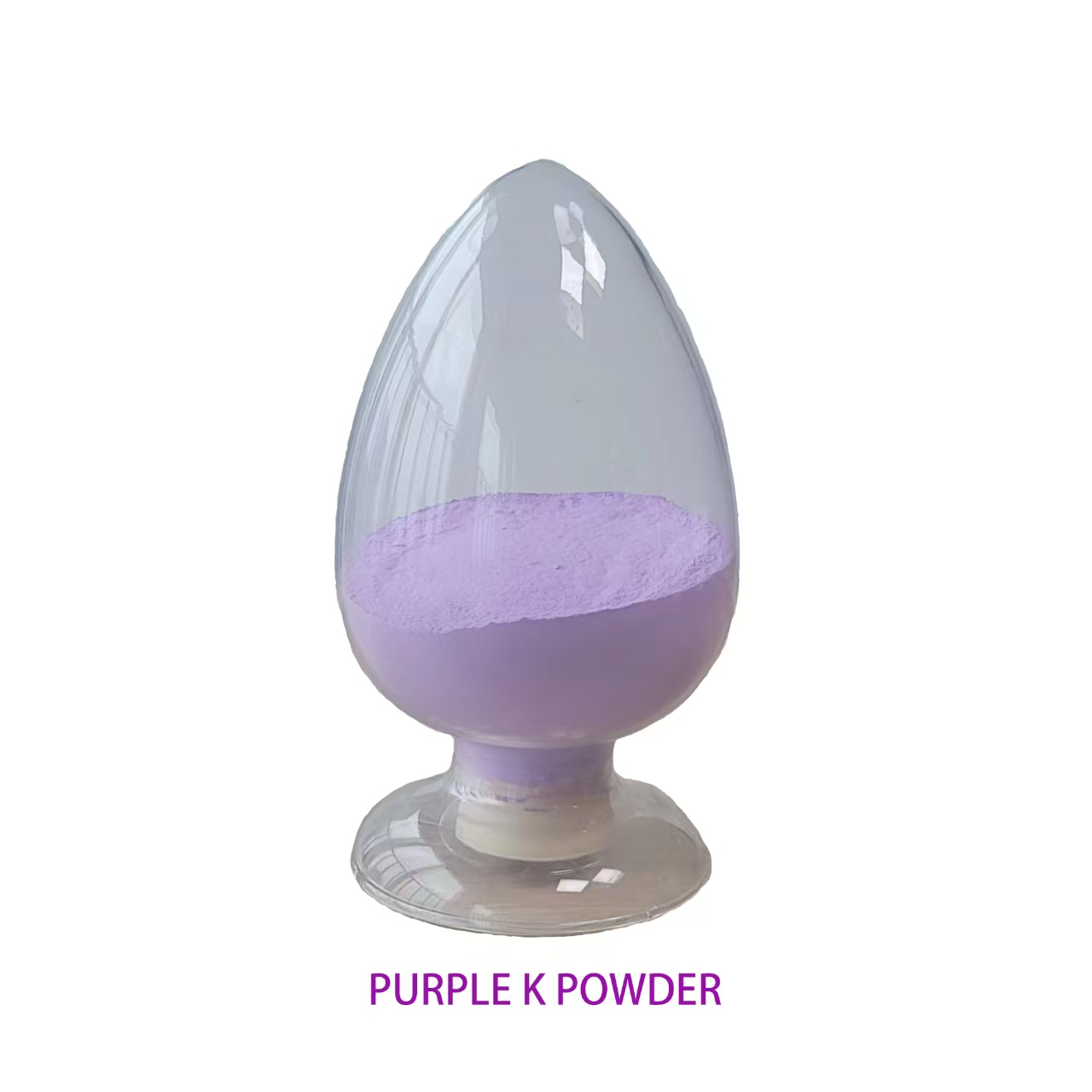Myths and Facts About Dry Powder Fire Extinguishing Agent
1. Introduction
Fire safety protocols demand reliable tools to combat diverse hazards, and dry powder fire extinguishing agent is indispensable for their versatility. These agents excel in suppressing Class A (solids), B (liquid fires), and C (gas) fires, making them critical for industrial, commercial, and residential fire safety plans. However, misconceptions persist about their safety, effectiveness, and applications. This blog clarifies these myths, highlights their role in mitigating liquid fires, and reinforces best practices to optimize fire safety outcomes.
2. Common Misconceptions
Myth 1: Dry powder agent endanger human health
While inhalation of fine particles should be minimized, modern dry powder fire extinguishing agent is non-toxic and certified for use in occupied spaces. Temporary irritation (e.g., coughing) may occur, but risks are negligible compared to fire hazards. Fire safety training emphasizes proper ventilation and protective gear to further reduce exposure.
Myth 2: Ineffective against liquid fires
Class B-rated dry powder agent is specifically engineered for liquid fires, such as gasoline or oil blazes. They suppress flames by disrupting combustion chains and smothering fuel sources—proven in fire safety tests to extinguish liquid fires faster than foam or CO₂.
Myth 3: All powders are interchangeable
ABC, BC, and Purple-K agents differ chemically. For example, Purple-K is a potassium bicarbonate fire extinguishing agent, and ABC dry powder is a monoammonium phosphate fire extinguishing agent. Selecting the wrong type undermines fire safety and risks reignition.
 |  |
3. Science-Backed Facts
How dry powder agents work
-Smothering: Cuts off oxygen.
- Chemical inhibition: Stops flame propagation.
- Cooling: Absorbs heat (secondary effect).
Fire safety advantages for liquid fires
- Rapid knockdown: Extinguishes liquid fires in seconds.
- Non-conductive: Safe for electrical fires involving flammable liquids.
- Versatility: Handles polar (alcohol) and non-polar (gasoline) liquids.
Health and fire safety compliance
Regulatory bodies (OSHA, NFPA) confirm dry powder agent is low-risk when used correctly. Post-discharge ventilation and cleanup align with workplace fire safety standards.
4. Best Practices for Liquid Fires and Fire Safety
Pre-Deployment
1. Identify risks: Prioritize liquid fire hazards (e.g., fuel storage, labs).
2. Select Class B agents: Ensure compatibility with liquid fires.
3. Train teams: Fire safety drills should simulate liquid fire scenarios.
During Use
- Aim at the base: For liquid fires, target fuel sources, not flames.
- Sweep method: Prevent splashing by moving the nozzle side-to-side.
- Evacuate if overwhelmed: Fire safety protocols prioritize human life.
Post-Use Fire Safety Steps
1. Ventilate: Disperse powder clouds.
2. Clean residue: Use vacuums for electronics; wipe surfaces.
3. Inspect equipment: Check for corrosion or heat damage.
5. Enhancing Fire Safety in Liquid Fire Scenarios
Why liquid fires demand specialized strategies
- Rapid spread: Flowing fuels expand fire zones quickly.
- Vapor ignition risk: Combustible gases require swift suppression.
- Reignition potential: Residual heat reignites unextinguished fuel.
Integrating dry powder agents into fire safety plans
- Industrial settings: Place Class B extinguishers near fuel tanks, pumps, and pipelines.
- Labs: Combine with fire blankets for chemical liquid fires.
- Transportation: Equip fuel trucks with Purple-K systems.

6. Fire Safety Limitations and Solutions
Challenges with dry powder agent
- Limited cooling: Hot surfaces may reignite liquid fires.
- Solution: Pair with foam for prolonged heat absorption.
- Visibility issues: Powder clouds hinder evacuation.
- Solution: Install fire safety alarms and lighted exit paths.
Maintenance for reliability
- Monthly checks: Verify pressure gauges and nozzle integrity.
- Annual inspections: Replace expired agents per fire safety codes.
7. Conclusion
Dry powder fire extinguishing agent is irreplaceable for liquid fires and broader fire safety strategies. By debunking myths, adhering to protocols, and prioritizing training, organizations can leverage their strengths while minimizing risks. Remember:
- Liquid fires require Class B agents for rapid, effective suppression.
- Fire safety depends on proper agent selection, maintenance, and cleanup.
- Regular drills and expert consultations ensure preparedness.

